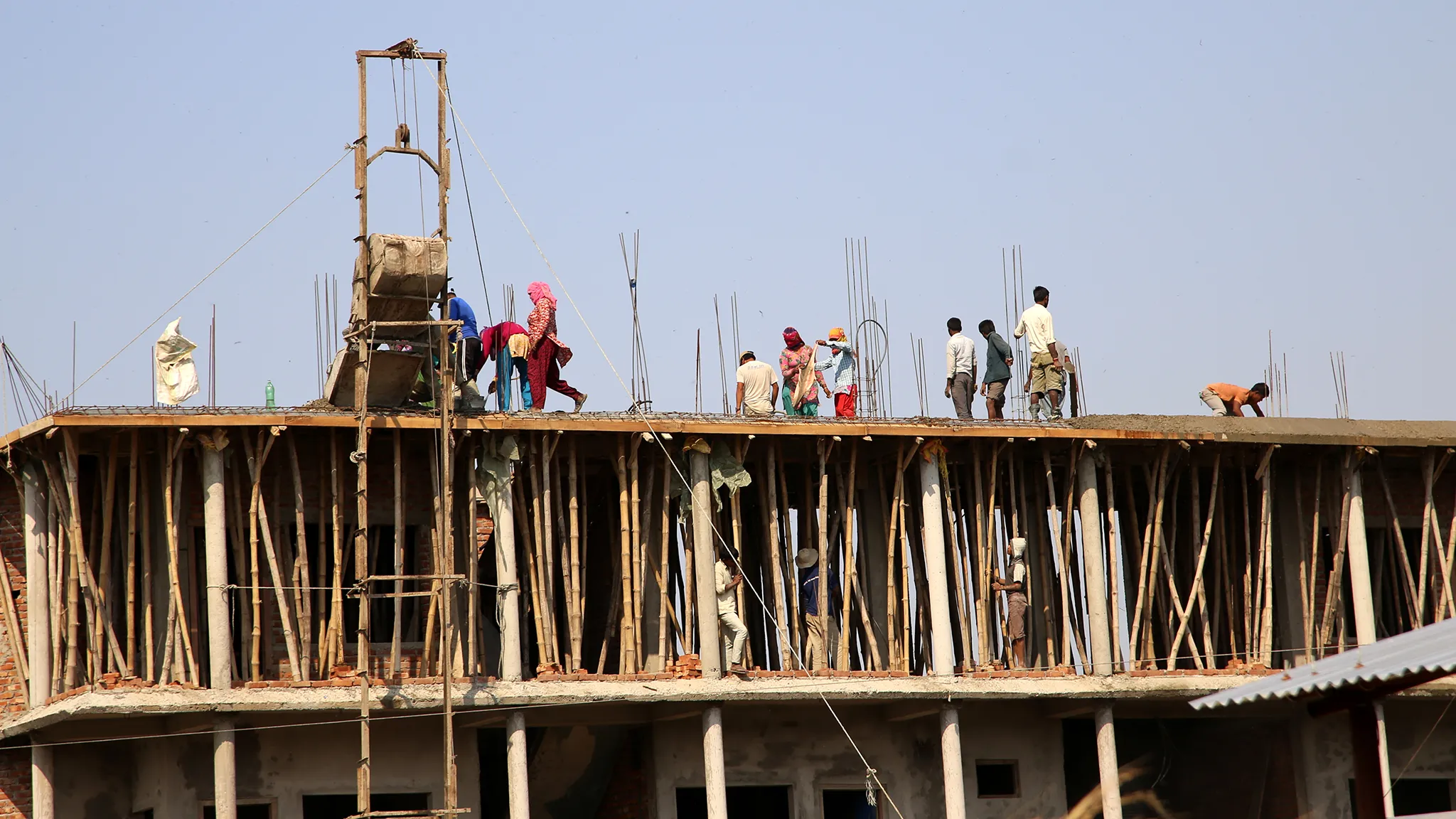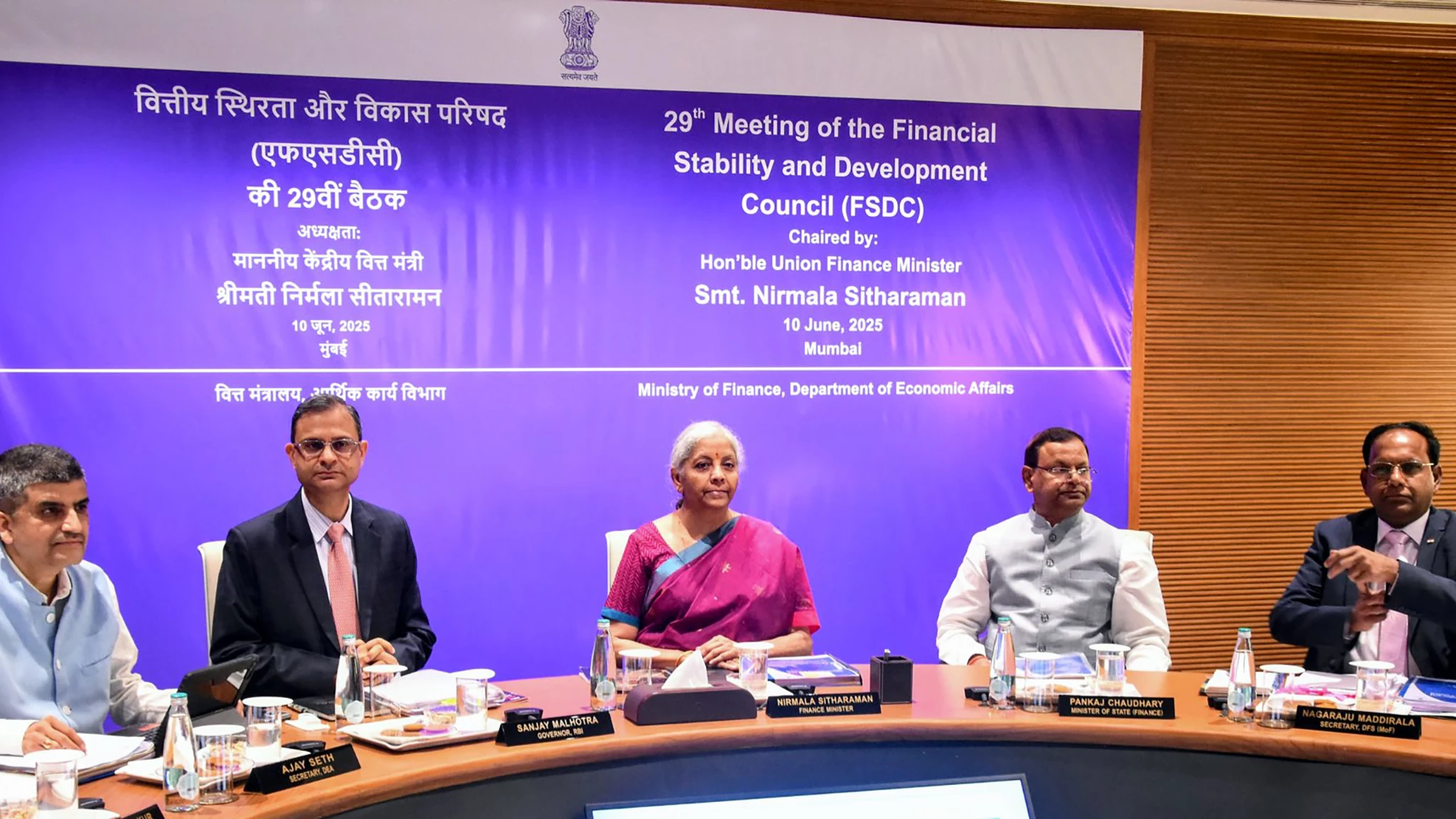India’s retail inflation has hit a remarkable low, clocking in at just 3.34 percent for March 2025. This figure, the lowest in 67 months, comes as welcome news and aligns with the Reserve Bank of India’s (RBI) target of under 4 percent. The encouraging data released on April 15, marks the second consecutive month of sub-4 percent inflation, dropping from 3.61 percent in February. This positive trend brings the average inflation for FY25 down to 4.6 percent, a considerable decrease from the 5.4 percent seen in FY24.
Inflation hits remarkable low
The primary driver for this decline is a significant easing of food inflation, which fell to 2.69 percent in March from 3.75 percent the previous month. Reduced prices for vegetables, eggs, and pulses have been instrumental in this drop, as noted by economists. A favourable base effect from the previous year’s higher prices has also played a role, and some analysts predict this beneficial effect could sustain low inflation for another few months. Reinforcing this trend, the Thali Index indicates a decrease in the cost of vegetarian home-cooked meals, providing further evidence of food price relief.
However, not all indicators point downwards. Core inflation, which excludes food and fuel and includes items like transport and education, remains persistent at 4.1 percent. Personal care product costs are particularly elevated, experiencing a 13.5 percent surge due to increased input costs, partly driven by higher gold and silver prices. Edible oils and fruits also prevent food inflation from falling further, influenced by volatile global prices and currency exchange fluctuations. Furthermore, an LPG price increase this April presents a minor upward risk to inflation.
The RBI has already responded to the easing inflation by adopting an accommodative stance and reducing the repo rate by 25 basis points in April, bringing it to 6 percent. This move has been seen as justified by the recent inflation figures, with expectations of further rate cuts in the coming months if inflation remains benign. Some experts even anticipate another 50 basis points in cuts for FY26, should the current trend persist. This shift in the RBI’s approach indicates a move towards prioritising economic growth, now that inflation appears to be under control.
Home finance shows strong growth
In parallel to the encouraging inflation data, ICICI Home Finance Company has announced a robust 42.15% jump in net profit for the March 2025 quarter compared to the same period last year. Sales also saw substantial growth, rising by 27.65% during the quarter. For the entire fiscal year, the company’s net profit increased by 30.02%, with sales up by 30.37%. This strong performance highlights a positive trajectory in the home finance sector, indicating healthy demand for housing loans. The company’s consistent operating profit margin suggests efficient operations contributing to sustained profitability.
Lower interest rates, spurred by the RBI’s accommodative policy and falling inflation, are likely to further fuel demand in the housing and related sectors. This creates a favourable environment for home finance companies like ICICI, potentially leading to continued growth and profitability. However, savers, particularly those reliant on fixed deposits, may face reduced returns as banks adjust deposit rates downwards in response to lower borrowing costs.
Will the current low inflation sustain? While the current economic indicators are positive, external factors such as global commodity price volatility and exchange rate fluctuations remain risks. For now, the confluence of low inflation and strong performance in sectors like home finance paints a promising picture for the Indian economy, offering a window for growth supported by accommodative monetary policy.










Leave a Reply